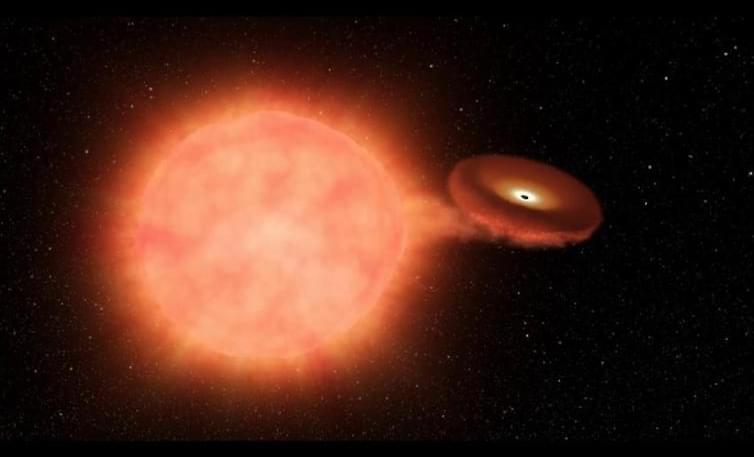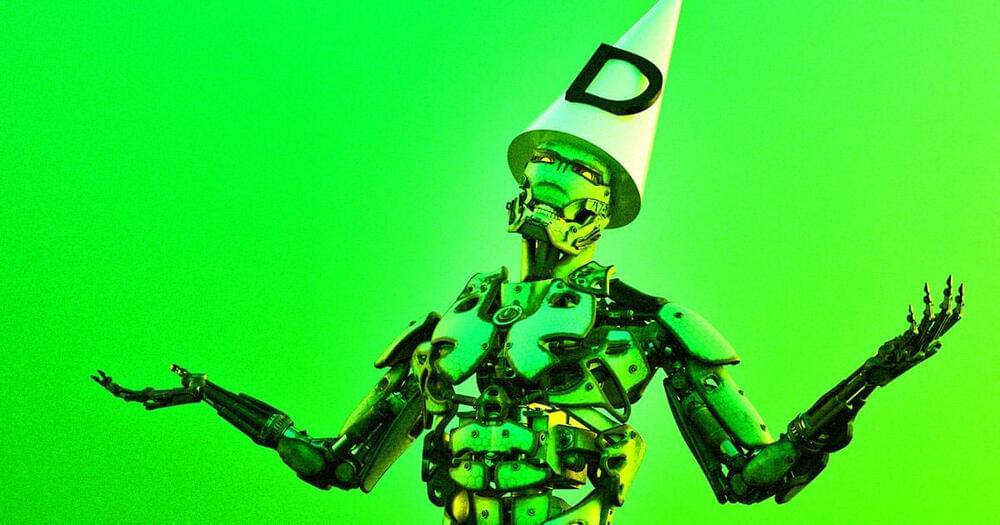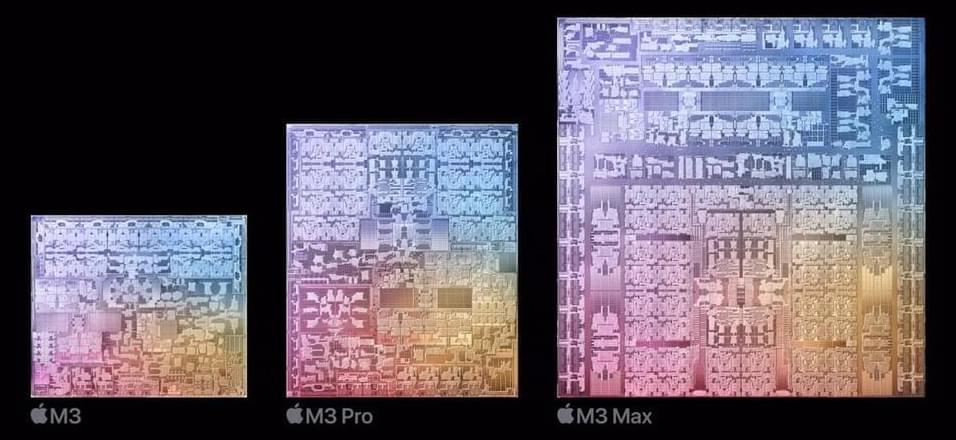Discover how TK dandelion & guayule shrub lead the way in sustainable latex extraction, securing global rubber supplies.



A novel nanoparticle spray coating process has been shown to all but eliminate the growth of some of the world’s most dangerous bacteria in air filtration systems, significantly reducing the risk of airborne bacterial and viral infections.
That’s the principal finding of a study, led by researchers from IMDEA Materials Institute in collaboration with scientists from the Networking Biomedical Research Center in Respiratory Diseases (CIBERES) and Rey Juan Carlos University (URJC) in Madrid, Spain. The study was published in Materials Chemistry and Physics.
The study, “Control of microbial agents by functionalization of commercial air filters with metal oxide particles,” tested various spray coatings of silver (Ag2O), copper (CuO) and zinc (ZnO) oxides as low-cost antiviral and antibacterial filters when applied to commercially available air filtration systems.

What is the universe made of? This question has driven astronomers for hundreds of years.
For the past quarter of a century, scientists have believed “normal” stuff like atoms and molecules that make up you, me, Earth, and nearly everything we can see only accounts for 5% of the universe. Another 25% is “dark matter”, an unknown substance we can’t see but which we can detect through how it affects normal matter via gravity.
The remaining 70% of the cosmos is made of “dark energy”. Discovered in 1998, this is an unknown form of energy believed to be making the universe expand at an ever-increasing rate.

A team of researchers at Facebook’s parent company Meta has come up with a new benchmark to gauge the abilities of AI assistants like OpenAI’s large language model GPT-4.
And judging by current standards, OpenAI’s current crop of AI models are all… still pretty stupid.
The team, which includes “AI godfather” and Meta chief scientist Yann LeCun, came up with an exam called GAIA that’s made up of 466 questions that “are conceptually simple for humans yet challenging for most advanced AIs,” per a yet-to-be-peer-reviewed paper.


Researchers at Cornell University have made a battery breakthrough they say could assuage these concerns. The researchers created a lithium battery that can charge in under five minutes, while still delivering a stable performance through repeated “charging and discharging” cycles.
Lithium-ion batteries have been popular for electric vehicles because they’re lightweight, energy efficient, and have a long life. How long those batteries take to charge depends on their size and what sort of charger they’re plugged into. Fast chargers can charge an EV in as little as 30 minutes, while “level 1” chargers often found in residential homes could take more than 40 hours. (There have been charger developments too; a company called Gravity says its chargers take just five minutes on vehicles with a 200-mile range, though some EVs aren’t designed to handle these chargers’ power.)
For all of a lithium-ion battery’s benefits, it also comes with downsides, including the time it takes to charge and issues handling a large surge of current. The researchers instead found that a metal called indium, often used for touchscreens and solar panels, helps with fast charging and storage in batteries. Their battery uses indium anodes (lithium-ion battery anodes typically use graphite coated on copper foil).


His father’s voice, the sounds of passing cars and scissors clipping his hair: An 11-year-old boy is hearing for the first time in his life after receiving a breakthrough gene therapy.
The Children’s Hospital of Philadelphia (CHOP) which carried out the treatment – a first in the United States – said in a statement Tuesday the milestone represents hope for patients around the world with hearing loss caused by genetic mutations.
Aissam Dam was born “profoundly deaf” because of a highly rare abnormality in a single gene.


A University of Alberta research team has uncovered differences in the way male and female mice develop and resolve chronic pain, pointing to potential pathways for future targeted treatments for humans.
In recently published research in Brain, Behavior, and Immunity, the team reports on its study of mice with chronic pain resulting from inflammation rather than direct injury. The researchers found that the female mice were more sensitive to the effects of immune cells called macrophages. They also identified an X chromosome-linked receptor that is critical for resolving both acute and chronic inflammation in both sexes.
“We’re always interested in understanding the triggers for pain, but in this study, we went up the next step to ask how pain resolves to determine how these immune cells are involved,” explains principal investigator Bradley Kerr, professor of anesthesiology and pain medicine in the Faculty of Medicine & Dentistry.